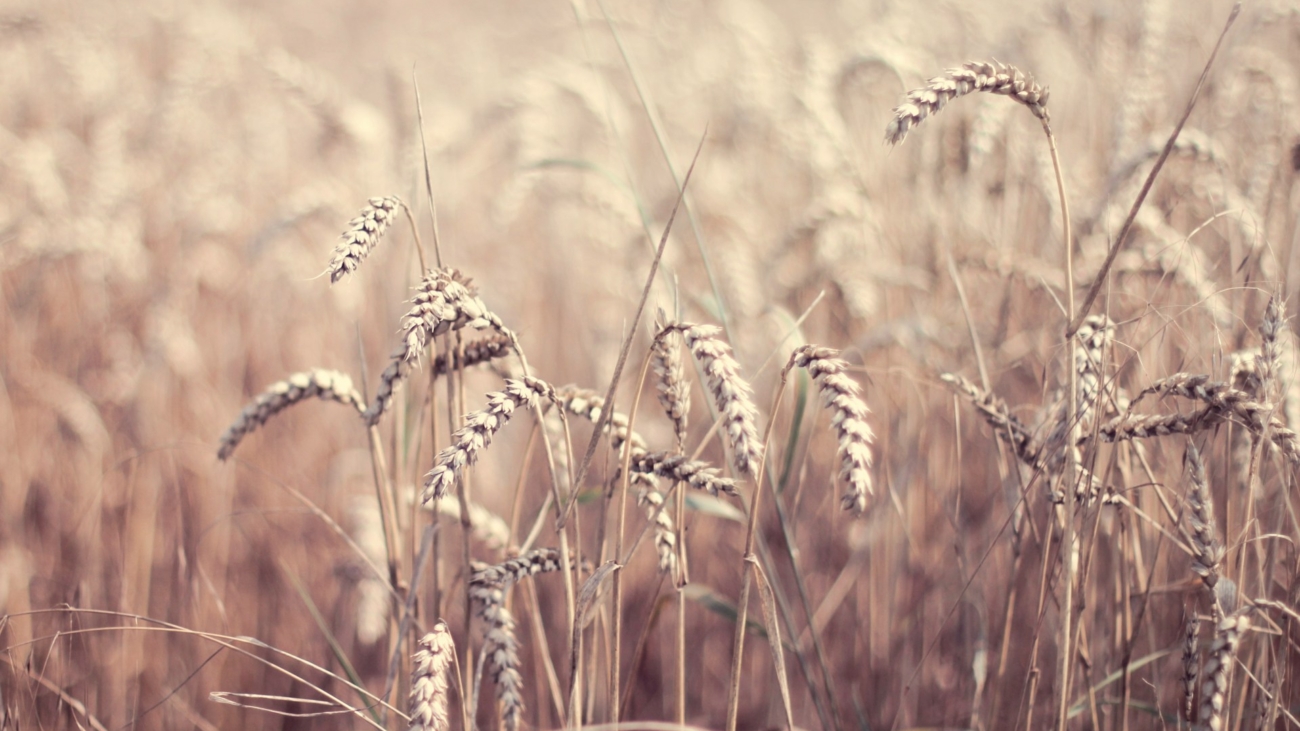From farm to fork, a significant portion of fruits and vegetables succumb to spoilage due to their inherent perishability. This not only leads to economic losses for farmers but also disrupts food security and sustainability. Fortunately, advancements in technology offer promising solutions to extend the shelf life of produce and revolutionize agricultural practices. This article delves into the challenges of perishability and explores how tech is paving the way for a more efficient and sustainable food system.
The Spoilage Challenge: Why Fruits and Vegetables Don’t Last
Several factors contribute to the rapid spoilage of agricultural produce:
-
Cellular Respiration: Fruits and vegetables continue to breathe even after harvest, consuming sugars and releasing moisture, leading to deterioration and decay.
-
Ethylene Gas: Certain fruits and vegetables emit ethylene gas, which accelerates ripening and spoilage in surrounding produce.
-
Bruising and Mechanical Damage: Physical damage during harvesting, packing, and transportation can trigger spoilage processes.
-
Temperature and Humidity Fluctuations: Improper storage conditions, especially inconsistent temperatures and humidity levels, accelerate perishability.
-
Microbial Growth: Bacteria, fungi, and other microorganisms quickly colonize perishable produce, leading to rot and spoilage.
These factors significantly reduce the shelf life of produce, leading to waste and economic losses throughout the agricultural supply chain.
Tech to the Rescue: Innovative Solutions for Extending Shelf Life
The fight against perishability is no longer a losing battle. Here’s how modern technology is making a difference:
-
Controlled Atmosphere Storage (CA Storage): This technique uses modified atmospheres with reduced oxygen and elevated carbon dioxide levels to slow down cellular respiration and inhibit ethylene production, significantly extending the shelf life of fruits and vegetables.
-
Smart Packaging: Innovations in packaging materials incorporate sensors that monitor temperature, humidity, and even ethylene gas levels. This information can be used to optimize storage and transportation conditions, preventing spoilage and ensuring product quality.
-
Pre-harvest Treatments: Certain pre-harvest treatments, like calcium sprays or controlled exposure to low oxygen levels, can strengthen cell walls and delay ripening, extending shelf life after harvest.
-
Cold Chain Technologies: Improved refrigeration systems and temperature monitoring technologies throughout the supply chain ensure consistent cold storage and minimize temperature fluctuations that can accelerate spoilage.
-
Post-harvest Processing: Technologies like controlled atmosphere ripening or pulsed light treatment can further extend shelf life and improve the quality of fruits and vegetables after harvest.
These advancements are not only extending shelf life but also improving food safety by reducing microbial growth.
Beyond Preservation: Optimizing the Supply Chain with Technology
Technology goes beyond just preserving produce. Here’s how it’s transforming the agricultural supply chain:
-
Farm Management Systems: Data-driven solutions help farmers optimize planting dates, irrigation practices, and harvest timing to minimize spoilage risks.
-
Real-Time Tracking and Traceability: Technology allows for real-time tracking of produce throughout the supply chain, enabling identification of potential spoilage issues and ensuring efficient delivery to consumers.
-
Demand Forecasting: Advanced analytics can predict consumer demand, allowing farmers and retailers to adjust production and inventory levels to minimize product waste.
-
E-commerce Platforms for Farmers: Online platforms connect farmers directly with consumers, reducing the number of intermediaries and potentially shortening the supply chain, leading to fresher produce.
By integrating these technologies, the agricultural sector can significantly reduce perishability and food waste, contributing to a more sustainable and efficient food system.
The Future of Freshness: A Collaborative Approach
Optimizing agricultural practices to combat perishability necessitates a collaborative approach:
-
Government Investment: Government support for research and development of new technologies, as well as infrastructure improvements for cold chain management, can significantly contribute to reducing perishability.
-
Farmer Education and Training: Equipping farmers with the knowledge and skills to utilize these technologies effectively is crucial for widespread adoption.
-
Consumer Awareness: Educating consumers about proper storage and handling practices for perishable produce can further minimize food waste at the household level.
-
Public-Private Partnerships: Collaboration between private companies and research institutions can accelerate innovation in agricultural technologies designed to combat perishability.
-
Sustainability Throughout the Chain: Extending shelf life contributes to environmental sustainability by reducing food waste and the environmental impact associated with production, transportation, and disposal of spoiled produce.
A Harvest of Abundance: The Promise of Technology for a More Sustainable Food System
The fight against perishability is not just about preserving fruits and vegetables – it’s about building a more resilient and sustainable food system. By harnessing the power of technology, we can:
-
Reduce Food Waste: Global food waste reduction efforts can significantly improve food security, especially in regions facing hunger and malnutrition.
-
Empower Farmers: Technology empowers farmers with the tools and knowledge to optimize their practices, minimize losses, and increase profits.
-
Ensure Food Safety: Extending shelf life and improving transportation conditions can contribute to safer food supplies for consumers worldwide.
-
Promote Sustainable Food Practices: Technologies that combat perishability encourage sustainable agricultural practices by reducing the need for excessive chemicals and ensuring optimal resource utilization.
The future of agriculture is not just about producing more food – it’s about producing it more efficiently, sustainably, and with minimal waste. By embracing technological advancements and fostering a collaborative approach, we can cultivate a future where fresh, high-quality produce reaches consumers everywhere, contributing to a more secure and sustainable food system for generations to come.

